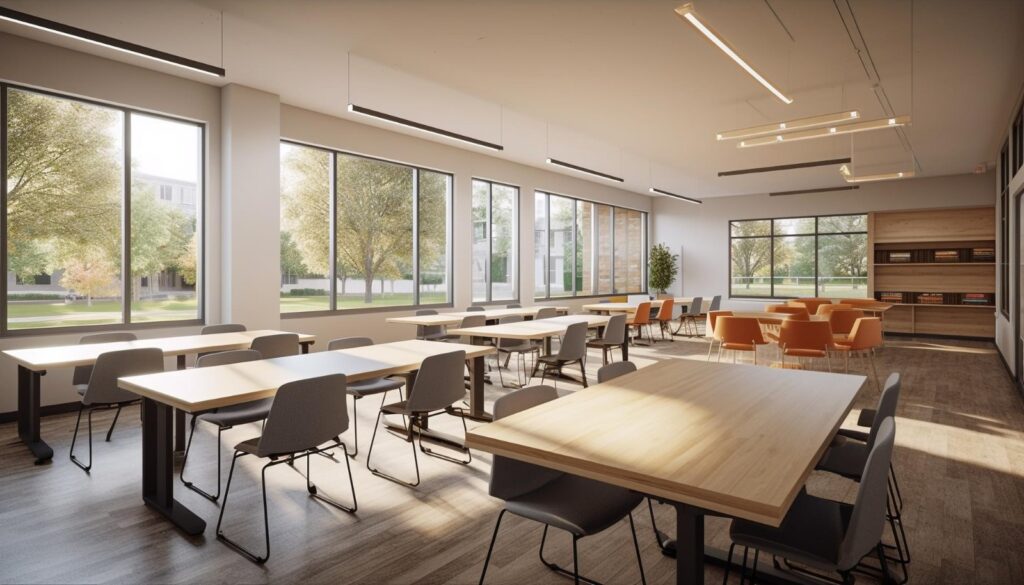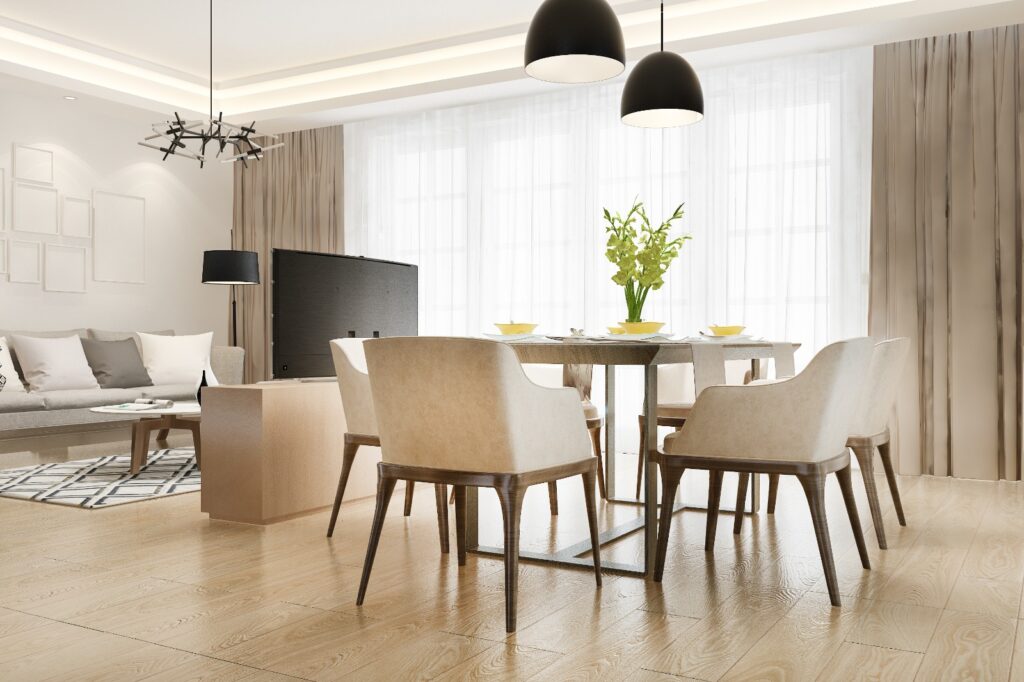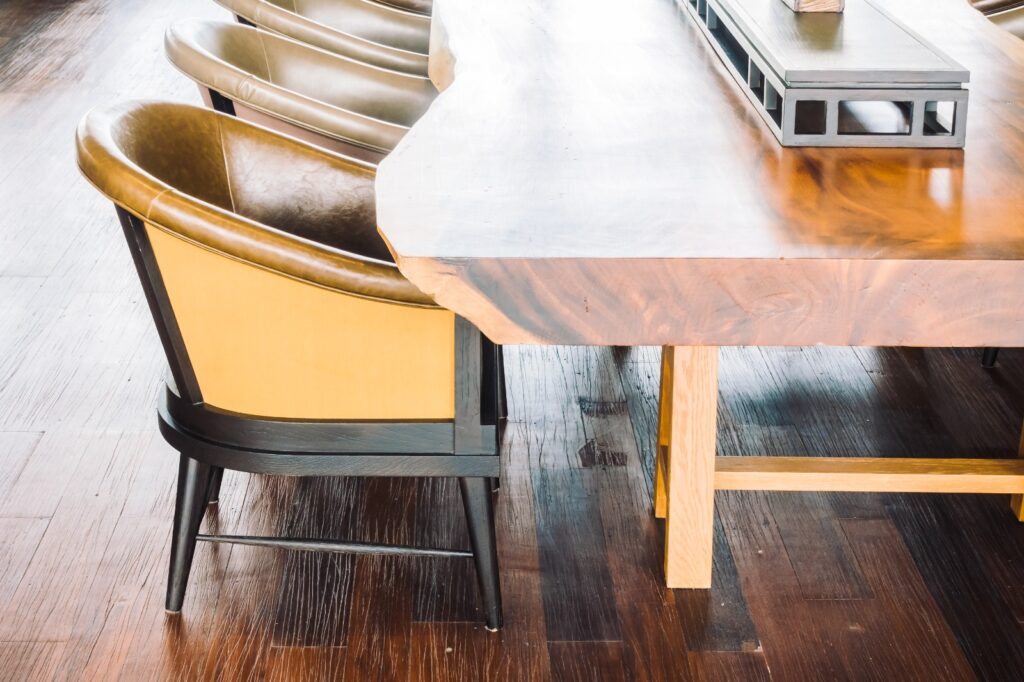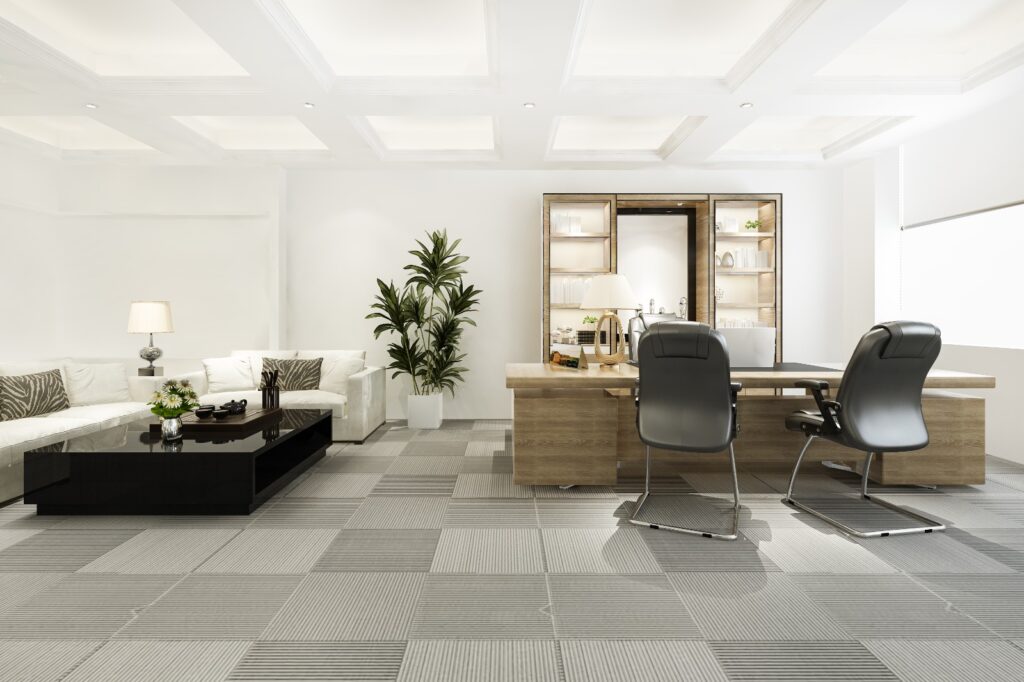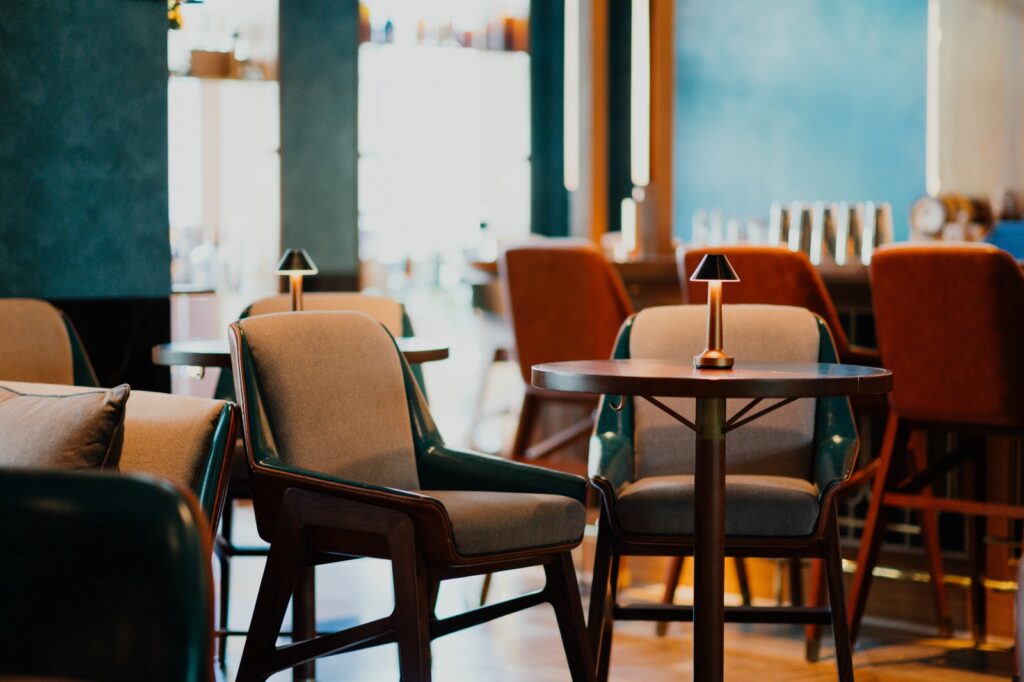Blog
Why Flexibility is the Key to Future-Proofing Commercial Furniture Investments
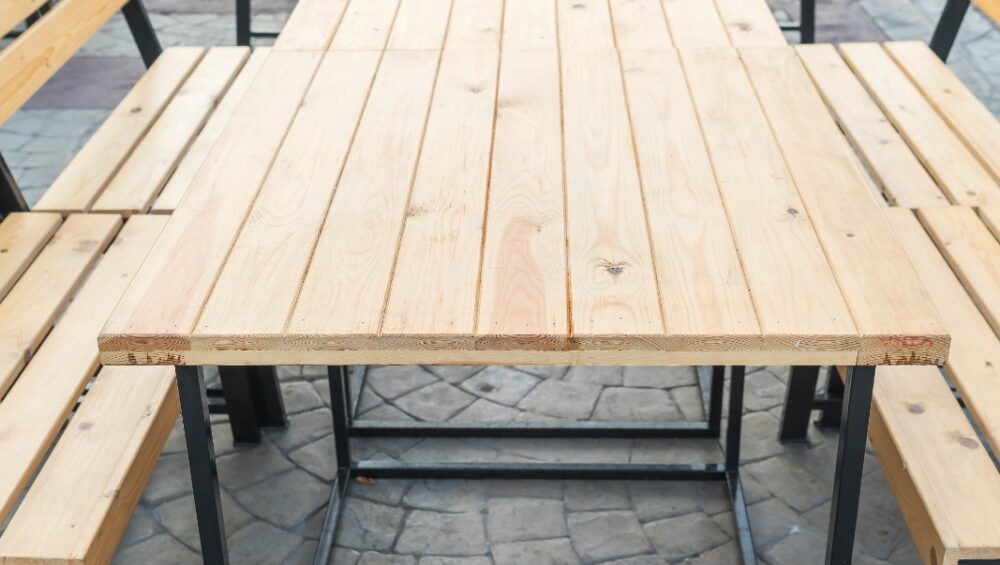
Introduction
In the ever-evolving landscape of the business world, adaptability is crucial. This holds true not only for your strategies and operations but also for your physical workspace. Commercial furniture plays a pivotal role in creating a dynamic and future-proof office environment. In this article, we’ll explore why flexibility is the key to future-proofing your commercial furniture investments.
Looking for: Commercial furniture workstations Pakistan.
Understanding the Significance of Commercial Furniture
Before delving into the importance of flexibility, it’s essential to understand the role commercial furniture plays in your workspace. It’s not merely about aesthetics; it’s about functionality, comfort, and productivity.
Creating a Productive Work Environment
The right commercial furniture can enhance productivity by providing ergonomic seating, efficient workstations, and collaborative spaces that foster creativity and teamwork.
Reflecting Your Company Culture
Your choice of furniture also communicates your company’s culture and values to employees, clients, and partners. It contributes to the overall atmosphere and perception of your workspace.
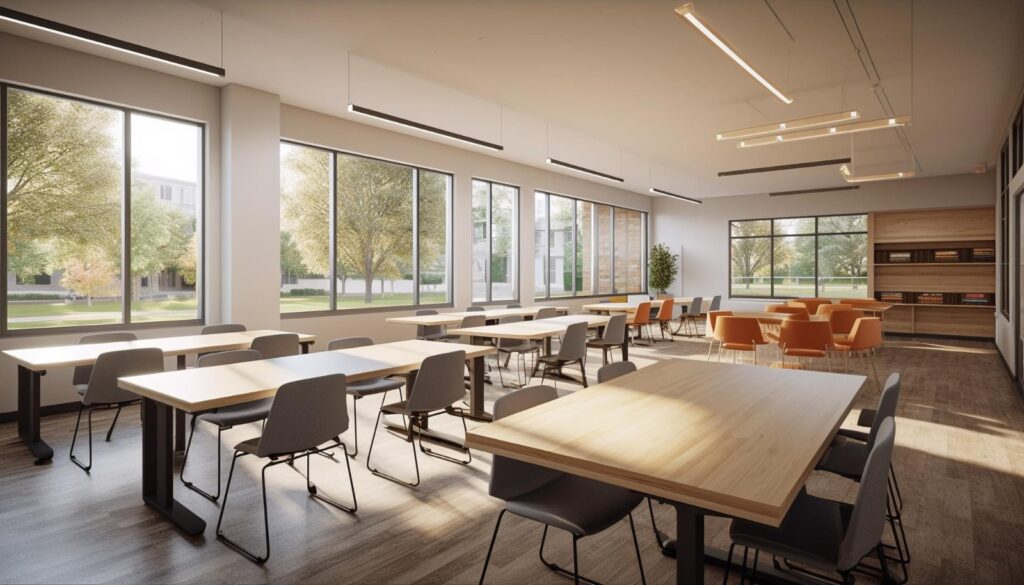
The Rapid Evolution of Workspace Needs
In today’s fast-paced business environment, workspace needs are subject to rapid change. Factors such as technological advancements, shifting work patterns, and the ongoing impact of global events have made adaptability a top priority.
Remote Work Trends
The rise of remote work has significantly impacted workspace requirements. Businesses now need furniture that accommodates both in-office and remote work setups.
Technological Integration
As technology continues to advance, commercial furniture must integrate seamlessly with tech devices and support the use of various tools and platforms.
The Role of Flexibility in Commercial Furniture
Now, let’s explore why flexibility in modern commercial furniture is essential for future-proofing your workspace.
Adapting to Changing Work Styles
Flexible furniture can be easily reconfigured to accommodate changing work styles and needs. Whether it’s a shift to more collaborative work or the need for additional private spaces, adaptable furniture can meet these demands.
Efficient Space Utilization
With flexible furniture, you can optimize your workspace, making the most of available square footage. This is especially valuable in scenarios where you need to accommodate a growing team or adapt to downsizing.
Cost Savings
Investing in flexible furniture can lead to cost savings in the long run. You won’t need to replace entire sets of furniture when your needs evolve; instead, you can make adjustments as required.

Employee Satisfaction
Employees value a workspace that can adapt to their needs. Providing flexibility in furniture choices can boost morale and job satisfaction.
Sustainability
Sustainable practices are a growing concern. Flexible furniture that can be repurposed reduces waste and aligns with sustainability goals.
Choosing the Right Flexible Commercial Furniture
When selecting flexible commercial furniture, consider the following factors:
Ergonomics
Ensure that flexibility doesn’t compromise comfort and ergonomics. Look for furniture that provides both adaptability and support.
Durability
Flexible furniture should be built to last. Invest in high-quality pieces that can withstand frequent adjustments.
Aesthetics
Flexibility doesn’t mean sacrificing aesthetics. Choose furniture that complements your office’s design and brand image.
Conclusion
In a world where change is constant, the ability to adapt quickly is a competitive advantage. When it comes to your workspace, flexible commercial furniture is the linchpin of future-proofing. It allows you to respond to evolving needs while maintaining comfort, efficiency, and style.
Searching for: Commercial furniture manufacturers Pakistan.
FAQs
1. How can flexible furniture accommodate remote work?
Flexible furniture can include mobile workstations, adjustable desks, and modular seating arrangements that cater to both in-office and remote work setups.
2. Is investing in flexible furniture more expensive initially?
While some flexible furniture may have a higher initial cost, it can lead to cost savings in the long term by reducing the need for frequent replacements.
3. Can flexible furniture support sustainable practices?
Yes, flexible furniture that can be repurposed and adapted to changing needs contributes to sustainability by reducing waste and resource consumption.
4. What should I prioritize when choosing flexible commercial furniture?
Focus on ergonomics, durability, and aesthetics when selecting flexible furniture to ensure it meets your workspace’s needs and aligns with your brand image.
5. How can I ensure my employees embrace flexible furniture in the office?
Encourage employee feedback and involvement in workspace design. Demonstrating the benefits of flexibility, such as improved comfort and productivity, can also foster acceptance.

